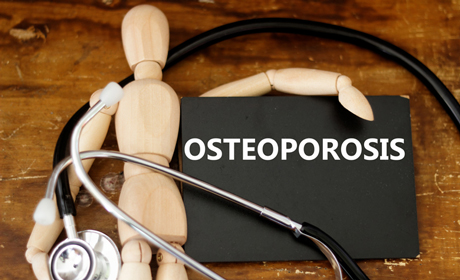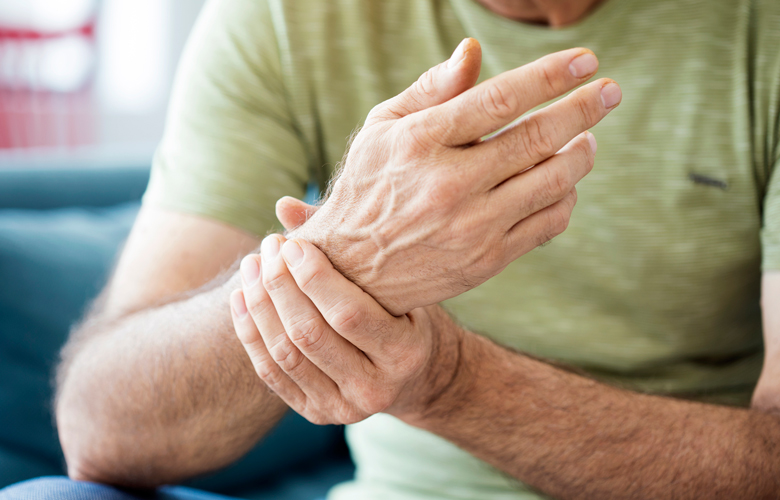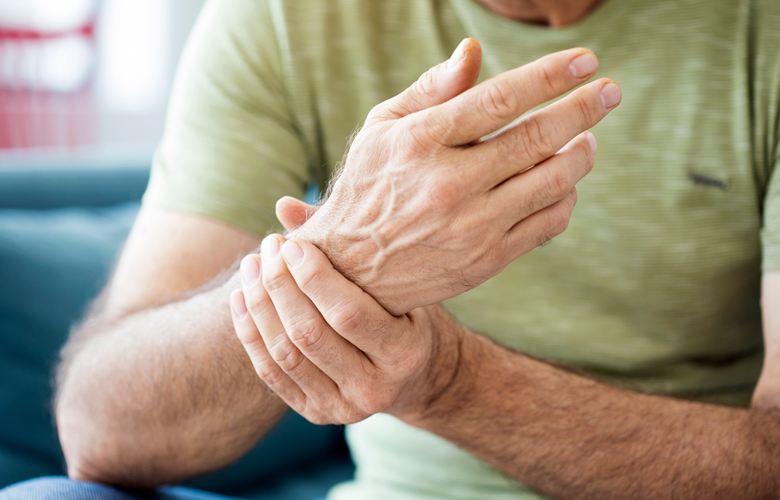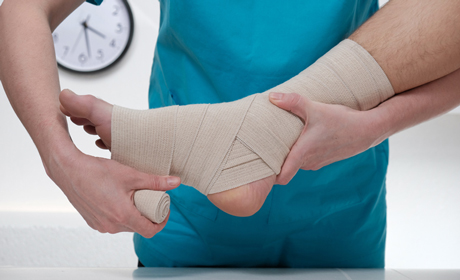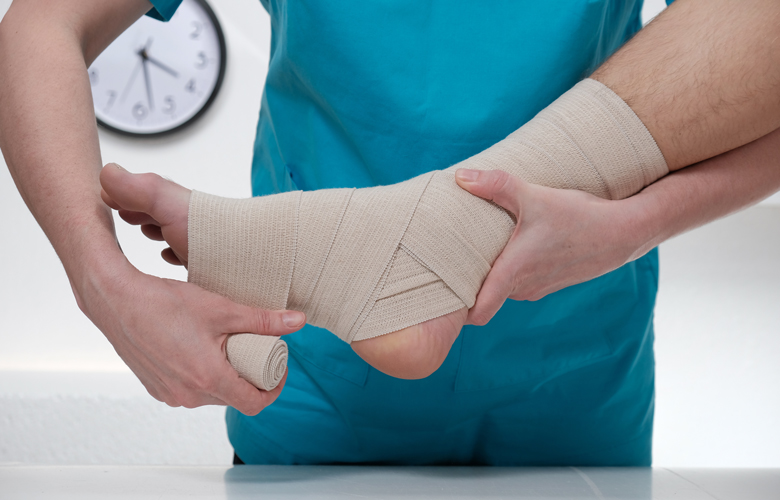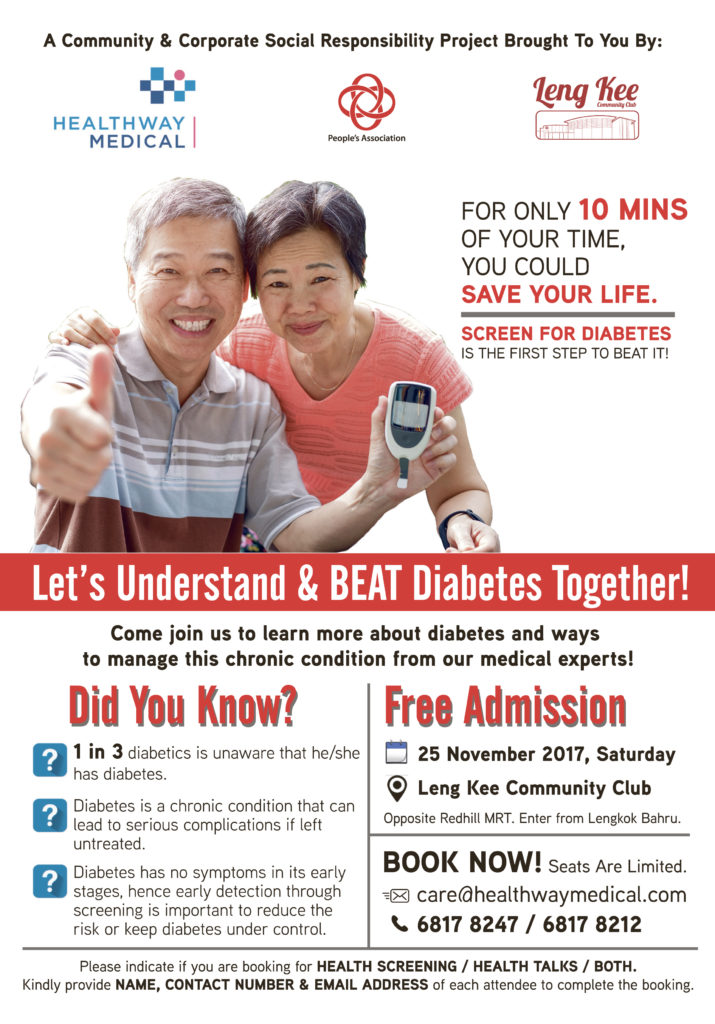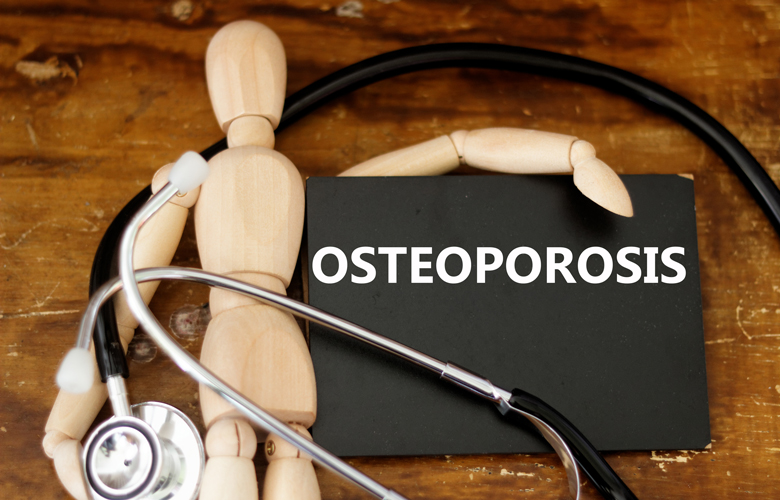
We hear so much about Osteoporosis these days. Have you ever wondered whether you are at risk and what you can do if you have Osteoporosis?
What is Osteoporosis?
If you think Osteoporosis only affects older people, have we got news for you. It can start when you are in your 30s and your bones can get gradually weaker without you even knowing it. The nasty thing about Osteoporosis is that most people only discover it after breaking a bone!
The reality is that our bone tissue progressively stops growing from around the age of 30. There should be a balance between bone tissue loss and bone tissue replacement. This is a natural process occurs within the body. However, when the bone tissue replacement is not fast enough, our bones get thinner and weaker. The depletion is imperceptible, and you could be completely unaware of it until you fracture your hip, spine or wrist after a minor knock or fall.
Are You at Risk?
It is wise to recognise risk factors early, get tested and take preventive action. Here are some factors that might put you at risk of Osteoporosis:
- Women aged 65 years and older
- Early menopause before age 45
- History of low-impact injury resulting in fractures
- Long-term use of corticosteroids
- A family history of Osteoporosis
- Suffering from chronic illnesses such as thyroid disorders, liver disease or malabsorption (failure to absorb food nutrients)
- Alcoholism
“It is a common misconception that Osteoporosis is a disease that only occurs in elderly women. In fact, it can affect both men and women at any age, it is just more common in women over the age of 50.” says Dr Chong Kian Chun.
Why are Women More Susceptible to Osteoporosis?
Unfortunately for our lady friends, nature is not in your favour in this instance. To begin with, women tend to have lower bone mass and a smaller frame than men. This leaves women more vulnerable to Osteoporosis as bone density decreases with age. The rate of bone loss increases after menopause as production of Estrogen, the hormone that keeps bones strong, slows down.
3 Ways to Determine if You Have Osteoporosis
“It is advisable to consult your doctor early to have your bone mass checked if you are at a higher risk of Osteoporosis. Early intervention of the disease not only prolongs the quality of life; it can save your life.” advises Dr Chong.
There are several ways to measure bone health:
- Bone Mineral Density (BMD) test – a gold standard for measuring bone quality or bone loss in the hip and lower back spine
- Osteoporosis Self-Assessment Tool for Asians (OSTA) – a reference chart which helps to assess the risk of Osteoporosis by comparing weight to age for Asian women
- X-rays – detects the thinning of bone tissue
How to Prevent Osteoporosis
Building healthier and stronger bones should start from childhood. So, parents, take note! For the rest of us, it’s not too late. Here are some ways to keep this disease at bay:
1. Good Nutrition
Increase your calcium intake to about 800 to 1000mg per day.
Rich sources of calcium include:
- Dairy products such as milk, yoghurt and cheese
- Green leafy vegetables like broccoli
- Meats
- Nuts such as almonds
- Supplements.
Vitamin D intake of about 400 IU daily.
Rich sources of Vitamin D include:
- Milk
- Eggs
- Sunlight
2. Weight-bearing Exercises
Weight-bearing exercises two to three times a week for about 30 minutes keeps the disease at bay.
Examples of weight-bearing exercises are:
- Brisk walking
- Strength training
- Running
- Aerobics
- Tai Chi
3. Regular exercise
Regular exercise will raise your general sense of well-being, balance, coordination and muscle strength.
4. Stop smoking
Smoking has been found to be linked to reduced bone mass, as well as a slew of other health problems. Quitting smoking will lead to better health overall, including bone health.
5. Avoid excessive alcohol consumption
Heavy drinking is also associated with many serious health problems, including affecting bone health and risk of Osteoporosis. This is due to the effects that alcohol has on calcium absorption, causing bones to deteriorate from lack of calcium.
Treatment and Medication
Eating properly and exercising regularly can save you from painful, disabling and even life-threatening fractures that can result from Osteoporosis. Being aware of risk factors, getting assessed by a doctor, and seeking treatment are crucial in preventing and controlling the disease.

Orthopaedic Surgeon, Island Orthopaedic
Click here to book an appointment now!
“Don’t despair if you are diagnosed with Osteoporosis. Many drugs, such as Bisphosphonates, Hormone Replacement Therapy (HRT), Calcitonin and Vitamin D analogues, are available to manage the illness. They will either help to slow down the rate of bone loss or stimulate new bone formation. The drugs may be combined with Calcium and Vitamin D Supplements. The choice of drugs will depend on the patient’s medical condition, compliance, the risk of complications and cost,” says Dr Chong.
Dr Chong Kian Chun is a Consultant Orthopaedic Surgeon from Island Orthopaedic Consultants, a member of Healthway Medical Group.
